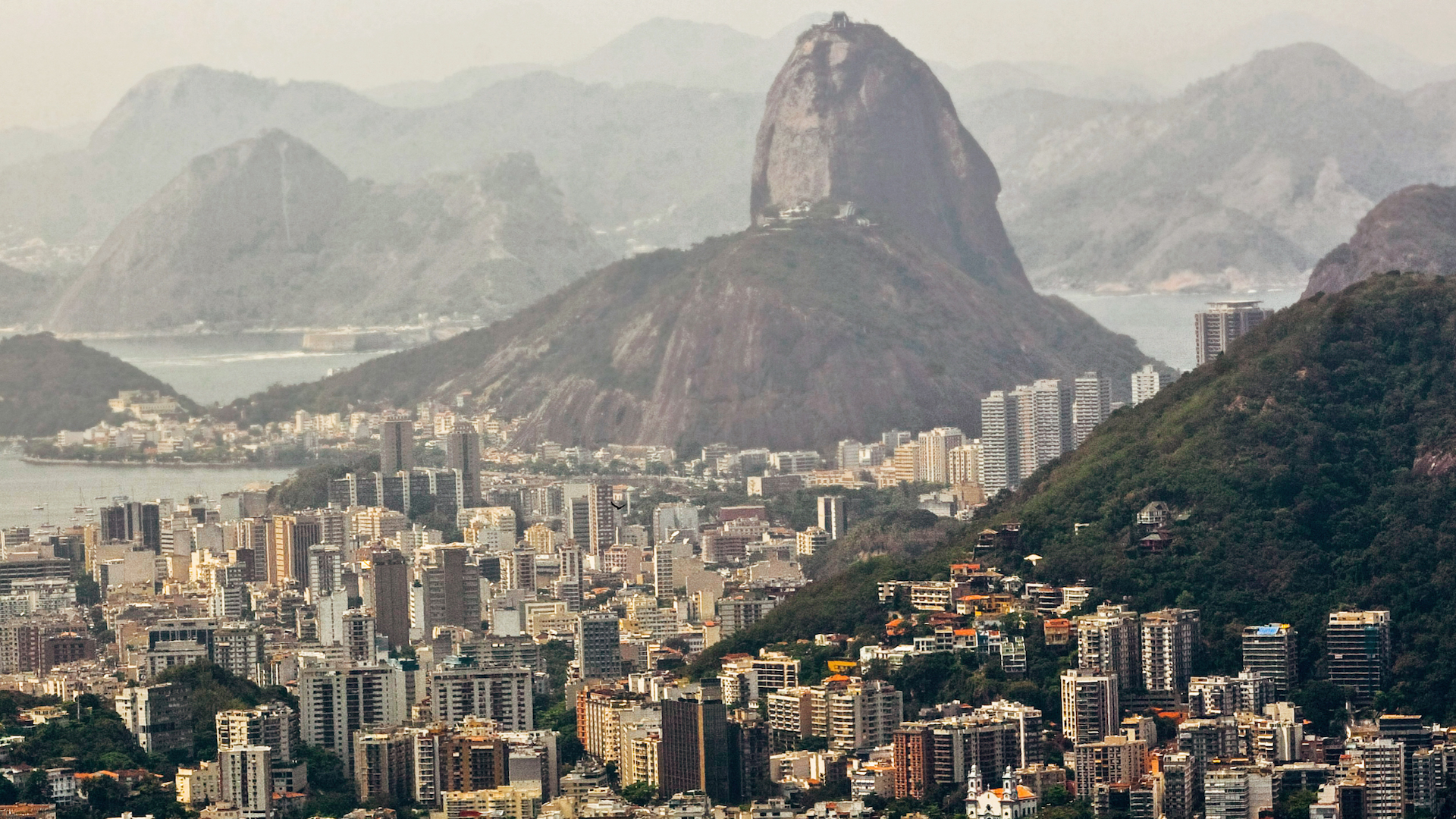
From the Amazon Jungle to the concrete jungles of Sao Paulo and Rio de Janeiro, there are indeed “many Brazils in Brazil.” Each region of the country has its own culture, customs, and habits that make it unique. On a recent trip there, I had the opportunity to experience a few different Brazils in Brazil.
The things I experienced exposed me to eye-opening realities and reminded me that the sovereign God is accomplishing his purposes all across this beautiful and fascinating country. Here are three reflections of what startled me most.
Some of the most remote and isolated people on the planet live in the Amazon Jungle.
Without a doubt, the Amazon Jungle is one of the most vast, fascinating, and intriguing places on the planet. To put it simply, the Amazon jungle is massive. If the Amazon rainforest were a country, it would rank ninth in size. It is an unfathomably immense jungle with an estimated 390 billion trees. As I flew over just a small fraction of the jungle for two and a half hours, all my eyes could see the entire flight was a canopy that extended for hundreds and hundreds of miles.
From a missiological perspective, the Amazon remains home to many unreached peoples. There are villages and tribes dispersed and scattered across millions of square miles of jungle and rainforest. The people living in these villages are arguably some of the most remote and isolated people on the entire planet.
They are extremely difficult to access and highly suspicious of outsiders. Yet, the people who live along the many rivers in the Amazon Jungle—just as every other person on the planet—are people who were created in the image of God. And they are in desperate need of gospel witness.
“The people who live along the many rivers in the Amazon Jungle are people who were created in the image of God. And they are in desperate need of gospel witness.”
Urbanization and migration exacerbate the challenges presented by the “concrete jungle.”
The city of São Paulo is often listed as one of the top ten most populated cities in the world. With twelve million people within the city limits and more than twenty-one million in the metro area, São Paulo is the most populous city in the Americas and in the entire southern hemisphere. São Paulo in many ways looks like a concrete jungle. The cityscape is cluttered with building after building, high rise after high rise.
All the complications that accompany urbanization and migration in big cities around the world are evident in São Paulo. Overpopulation, increasing housing costs, congested traffic, and increasing alcohol and drug addiction are prevalent in São Paulo. One area of the downtown is identified as “Cracolandia” (Crackland) where hundreds of people who are addicted to crack cocaine gather, sell, and consume this devastating and destructive drug.
As I walked through the area, I was overwhelmed with emotion, and my heart broke for the people I encountered. Face after face downtrodden, with no hope, no joy, and no expectation of being rescued from this misery. I could not help but cry out to God to grant mercy, redemption, and reconciliation for these people entrenched in addiction.
A mission field has become a mission force.
All of those things considered, however, Brazil is a mission field that by God’s grace has become a mission force. Despite the challenges of the Amazon Jungle and the concrete jungle, God, in his providence, is working through the Brazilian Baptist Convention of churches in a visible way. Two hundred years ago, this would have been incomprehensible.
“The Brazilian Baptist Convention of churches is vibrant, passionate about the gospel, and zealous for training and sending missionaries around the world.”
In 1813, on his way home from India (having worked alongside Adoniram Judson and William Carey), Luther Rice spent two months in Salvador da Bahia, Brazil. He noted the vast lostness he experienced during his time in Brazil and, upon his return to the US, he raised awareness of the need for Baptists to send missionaries to Brazil. However, it was not until 1881 that William and Anne Bagby landed in Brazil as the first missionaries from the Southern Baptist Convention.
A year later, the Bagbys were joined by missionaries Zachary and Kate Taylor. At that time, there were very few evangelical Christians to be found anywhere in Brazil. In fact, Bagby once wrote, “Of the 800,000 souls in Rio de Janeiro, probably 700,000 have never once heard the gospel story!” Today, there are an estimated 1.8 million people affiliated with the Brazilian Baptist Convention in more than 6,000 congregations across Brazil!
The Brazilian Baptist Convention of churches is vibrant, passionate about the gospel, and zealous for training and sending missionaries around the world. The National Mission Board of Brazil is actively involved in ministering to addicts from Cracolandia.
They have a ministry called “Christolandia” (Christ land) that operates in more than forty different locations across the country to help reach and rescue addicts with the gospel. The Brazilian Baptists also have a World Mission Board that is dedicated to training and sending Brazilian Baptist missionaries around the world for the spread of the gospel.
In summary, Brazil, with all of its challenges, is a picture of a mission field that has become a missions force. God, in his providence and grace, has preserved and blessed 135-plus years of Southern Baptist investment and work in this strategic country. Challenges remain and the task is not finished, but Southern Baptists have a critical and key partner in the Brazilian Baptist Convention.
These like-minded brothers are sisters are eager and excited to work together to accomplish the Great Commission. May God grant us all unity, doctrinal fidelity, and grace as we labor together for the sake of his name in all nations.
Paul Akin (PhD) serves as team leader for assessment and deployment with IMB. Follow him on Twitter @PAkin33.

